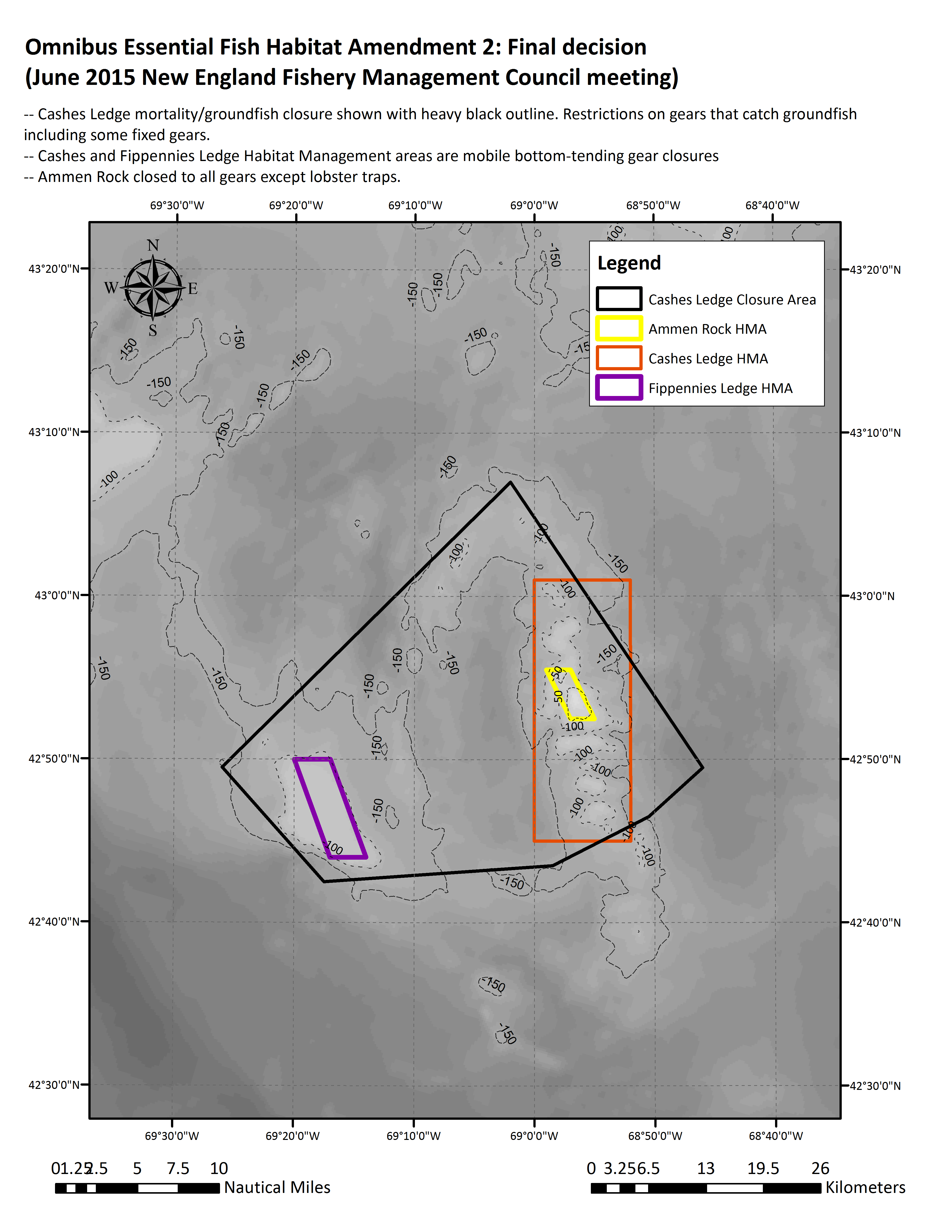February 10, 2017 — Federal fishing regulators want input from fishermen about how they can protect deep-sea coral off of New England while limiting impacts on commercial fishing.
The New England Fishery Management Council is holding a pair of meetings on the subject in Massachusetts and New Hampshire. The council says it is looking for feedback about fishing activity that takes place within proposed coral protection zones.

